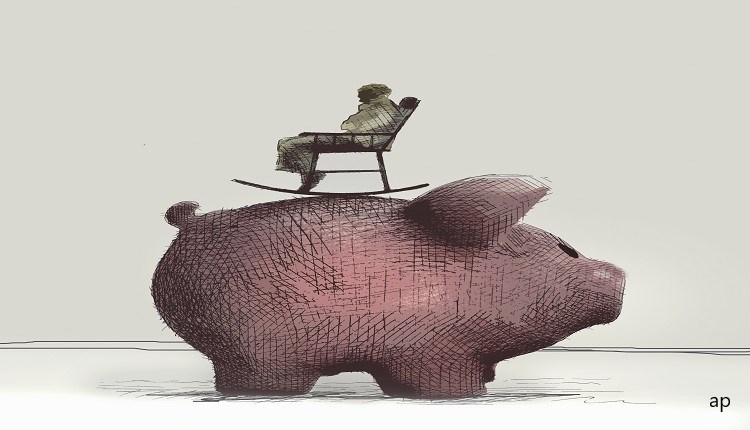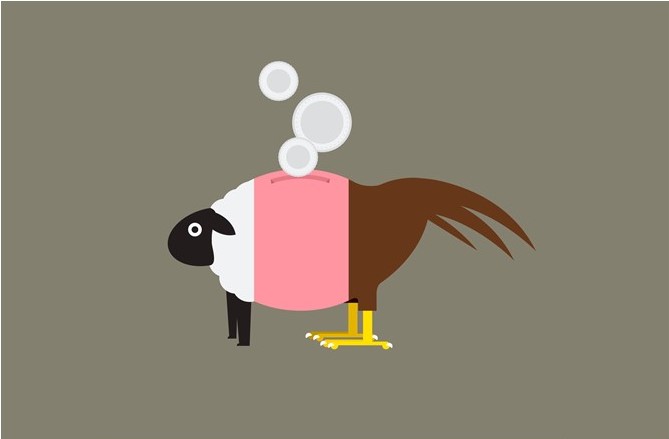
When preparing for our future retirement, many of us spend hours studying the optimal portfolio allocation, different investment options, possible withdrawal rates, and many other complicated factors. But there is one metric that often receives less attention, even though it is a much more decisive factor in being able to retire when we would like and in the financial conditions we would like: the amount of money we need to save to actually be able to retire comfortably.
Research conducted by Fidelity Investments in the US attempts to answer this very question. Its research suggests that investors could reasonably target a retirement nest egg amounting to 10 times their final salary at age 67. By age 35, investors should aim to have set aside a retirement kitty equal to twice their current salary, with retirement assets escalating to four times current salary by age 45, and seven times salary by 55.
How Much do you Need to Retire?
This is certainly a good starting point, but the truth is that knowing how much we need to have saved in order to be able to live a comfortable retirement is a really difficult question to answer because it depends on many factors, many of them personal and some not.
In principle, the answer depends on how close we are to retirement and how much we will spend through retirement. Solving this question does not involve the same degree of uncertainty for a 30-year-old as it does for a 60-year-old person, who knows more or less how much he or she will spend in retirement.
People who are close to retirement obviously have more clues about how much and how they spend each month and can extrapolate this into their future years. The shopping basket and spending of a person in their 40s is not the same as that of a person in their 60s. Spending on housing, leisure, education (for both yourself, and if you have children, for them), and so much more changes drastically with age.
David Blanchett, former head of retirement research for Morningstar Investment Management, has done some research on the trajectory of retiree spending, which he calls the "retirement spending smile". The basic conclusion is that people tend to spend a lot early on in retirement when there is some pent-up demand to travel and take advantage of newfound leisure time. Spending then trails off in the middle years of retirement when health is still good, but maybe retirees aren't doing as much travel, eating out and so forth. And then his research shows that spending tends to increase later in life, often due to increased health costs.
What are the Variables?
Among the variables in retirement planning and spending that one can or should customise, and that have a big effect on the success or failure of a retirement plan, Christine Benz, Morningstar's director of personal finance, points to the following.
The income-replacement rate: generally speaking, higher-income workers and heavy savers will need to replace a lower percentage of their working incomes when they eventually retire than will lower-income workers with lower savings rates.
The retirement age: being willing to work longer, assuming you are able to do so, can deliver some advantages: the person who delays retirement can continue to accumulate savings, while also increasing Social Security benefits and decreasing portfolio withdrawals. All three steps can have a powerful effect on a portfolio's staying power.
Life expectancy: predicting your own life expectancy is the trickiest business of all, but it's worth thinking through, factoring in variables like personal health and your family's history of longevity.
Expected rate of return: at this point, Benz recommends being conservative, especially if the portfolio has a large amount of bonds, because in a low interest rate environment (and with the possibility of rising interest rates), the return on that part of the portfolio is likely to be low. Note also that this rate of return may vary depending on how the asset allocation of your portfolio changes. Typically, the level of risk taken will decrease as you get closer to retirement, and therefore, in principle, the expected return on the portfolio will also decrease.
The savings rate: Benz points out that this variable "will be a bigger swing factor if you are at an earlier stage of your savings career and have more time to benefit from the compounding effect". “Older individuals looking to make up for a savings shortfall will need to ratchet up their savings significantly to get their plans on track; they will improve the viability of their plans more if they're willing to delay retirement and/or reduce their planned in-retirement spending per year”.
Finally, the money you will need to save in retirement will also depend on the withdrawal rate, that is the percentage of your savings you need to use each year in retirement. Traditionally, financial advisors have used a 4% annual fixed withdrawal rate, but many studies suggest that one can be more flexible.
CPP/OAS/Pension
Another factor is the uncertainty surrounding public pensions. The uncertainty about what we will receive from the state will be very different depending on how many years we have left before we retire. The common trend in many countries is not only to raise the retirement age but also that one will have to work more and more years to receive the same pension.
All this being said, there is one factor that has an important influence on the final result: the age at which you start saving for retirement. The earlier you start, the less effort you will have to make. So the best advice here is start saving as soon as possible.




















